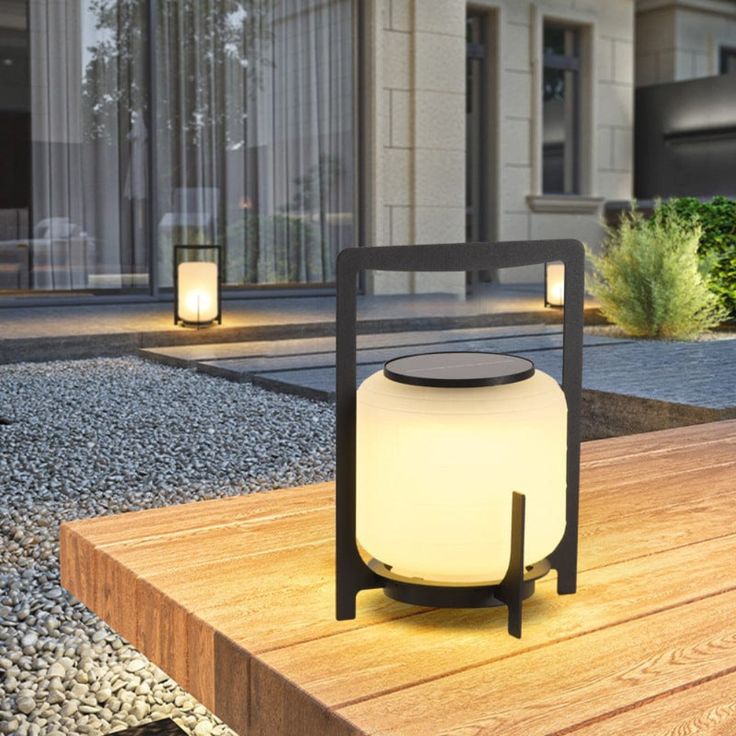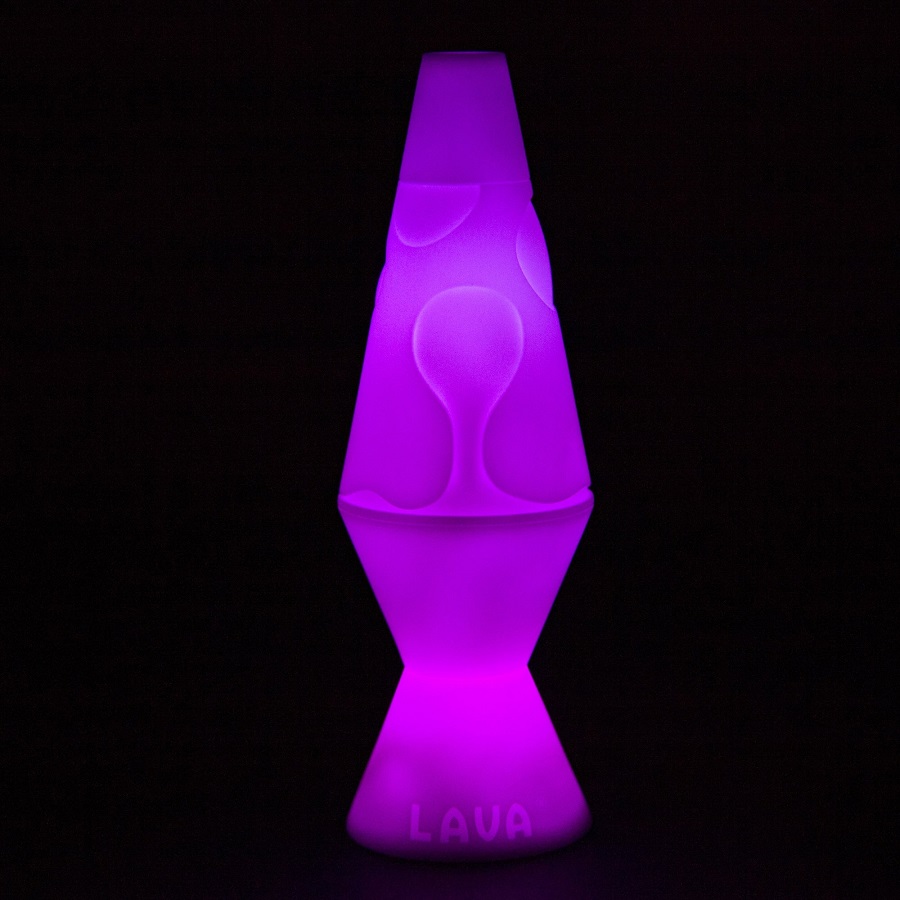 Introduction:
Introduction:
Installing a chandelier can add beauty and elegance to any space. Whether you’re replacing an existing fixture or installing a new chandelier, it’s important to follow the proper installation process to ensure safety and optimal functionality.
Here are some common types of chandeliers:
Traditional Chandeliers:
Traditional chandeliers feature classic designs characterized by ornate details, intricate metalwork, and often incorporate crystal or glass accents. They are typically associated with formal settings, such as dining rooms or grand entryways.
Modern/Contemporary Chandeliers:
Modern or contemporary chandeliers showcase sleek lines, minimalist designs, and innovative materials. They often feature clean and geometric shapes, with metal or glass elements, making them suitable for modern or contemporary interiors.
Crystal Chandeliers:
Crystal chandeliers are known for their elegant and luxurious appearance. They feature crystal prisms or beads that refract light, creating a dazzling display. Crystal chandeliers can range from traditional designs to more modern interpretations.
Drum Chandeliers:
Drum chandeliers feature a fabric or metal shade that resembles a drum or cylinder shape. They provide a more subdued and diffused lighting effect, making them ideal for spaces where softer lighting is desired, such as bedrooms or dining areas.
Candle Chandeliers:
Candle chandeliers have a classic and vintage look, resembling the style of traditional candle-lit chandeliers. They usually feature candle-shaped bulbs or candle sleeves to create a warm and romantic ambiance.
Rustic/Farmhouse Chandeliers:
Rustic or farmhouse chandeliers have a more casual and rustic appearance. They often incorporate elements such as distressed wood, metal accents, or wrought iron, evoking a cozy and rustic charm.
Sputnik Chandeliers:
Sputnik chandeliers are inspired by the atomic era and feature a design resembling a burst of radiating rods or arms. They have a futuristic and artistic appeal, adding a statement piece to modern or eclectic interiors.
Lantern Chandeliers:
Lantern chandeliers have a lantern-style design, typically with a metal frame and glass panels. They provide a charming and vintage look and are often used in entryways or outdoor spaces.
These are just a few examples of the many types of chandeliers available in the market. Chandeliers come in various styles, sizes, and materials, allowing you to find one that fits your personal taste and complements your overall interior design.
Pre-Installation Preparations:
Gather the Necessary Tools and Materials:
Chandelier
Mounting bracket
Electrical box
Wire connectors
Wire strippers
Electrical tape
Screwdriver
Ladder or step stool
Turn Off the Power:
Locate the electrical panel and switch off the circuit that supplies power to the location where the chandelier will be installed. Use a non-contact voltage tester to ensure the power is off.
Prepare the Work Area:
Clear the area beneath where the chandelier will be installed to provide a safe and clutter-free workspace.
Use a ladder or step stool to access the ceiling safely.
Installation Steps:
Remove the Old Fixture:
If you are replacing an existing light fixture, carefully remove it by unscrewing the mounting screws and disconnecting the electrical wires.
Remove the mounting bracket and electrical box if they are not suitable for the new chandelier.
Install the Mounting Bracket:
Attach the mounting bracket to the electrical box using the provided screws. Make sure it is securely fastened and level.
Prepare the Chandelier:
Carefully unpack the chandelier and organize its components.
Review the manufacturer’s instructions to familiarize yourself with the specific wiring and assembly requirements for your chandelier.
Wire the Chandelier:
Feed the chandelier wires through the center hole of the mounting bracket.
Connect the grounding wire from the chandelier to the grounding wire in the electrical box using a wire connector. Twist the wires together and secure them with electrical tape.
Connect the Chandelier Wires:
Match the chandelier wires to the corresponding wires in the electrical box: black to black (hot), white to white (neutral), and green or copper to the grounding wire.
Twist the wires together clockwise and secure them with wire connectors. Make sure the connections are tight and insulated with electrical tape.
Attach the Chandelier:
Carefully lift the chandelier and align the mounting bracket with the corresponding holes or hooks on the chandelier.
Secure the chandelier to the mounting bracket using the provided screws or other hardware.
Install Light Bulbs:
Install the required light bulbs in the chandelier sockets. Make sure they are securely seated and properly aligned.
Post-Installation Steps
Double-Check the Wiring:
Carefully inspect the wiring connections to ensure they are secure, insulated, and free of exposed wires.
Remove any excess wiring and tuck it neatly into the electrical box.
Restore Power:
Return to the electrical panel and switch on the circuit that supplies power to the chandelier.
Test the chandelier by flipping its corresponding light switch.
Final Adjustments:
Use a spirit level to ensure that the chandelier is hanging straight and level.
Make any necessary adjustments to the height or positioning of the chandelier.
Tighten any loose screws or connections as needed.
Safety Considerations:
Follow Local Electrical Codes:
Familiarize yourself with the electrical codes and regulations specific to your region before starting the installation process.
Ensure compliance with the appropriate safety standards and obtain any necessary permits if required.
Professional Assistance:
If you are unsure about any aspect of the installation process or if the electrical wiring is complex, it is recommended to hire a licensed electrician for assistance.
Once you have installed a chandelier, there are several steps you can take to ensure its regular maintenance, cleaning, and upkeep.
Here are some tips:
Regular Dusting: Dust the chandelier regularly using a soft, lint-free cloth or a feather duster. This helps prevent a buildup of dust and maintains the chandelier’s appearance.
Cleaning Solutions:
Use a non-abrasive cleaning solution specifically made for chandeliers or delicate surfaces. Avoid using harsh chemicals or abrasive cleaners that might damage the finish or materials. Follow the manufacturer’s instructions regarding the appropriate cleaning solution to use.
Turn Off Power:
Before cleaning, turn off the power to the chandelier to ensure safety. This can be done by switching off the circuit breaker or using the light switch to turn off the power supply.
Individual Component Cleaning:
If your chandelier has removable components or glass parts, carefully detach them as instructed by the manufacturer. Clean these components separately with a mild cleaning solution and a soft cloth. Allow them to dry completely before reattaching them to the chandelier.
Cleaning Crystals or Glass:
For chandeliers with crystal or glass elements, use a gentle glass cleaner or a mixture of water and vinegar to clean. Spray the cleaning solution onto a soft cloth, rather than directly onto the crystals or glass, to prevent excess moisture from seeping into the electrical components of the chandelier.
Inspecting and Tightening:
Regularly inspect the chandelier for loose or damaged parts, such as wires, screws, or crystals. Carefully tighten any loose screws or connections, ensuring the chandelier remains stable and secure.
Professional Maintenance:
For complex or large chandeliers, consider hiring a professional to inspect and maintain the chandelier periodically. They can provide a thorough cleaning, check the electrical connections, and address any potential issues.
Remember to always follow the specific instructions provided by the chandelier manufacturer, as different chandeliers may have unique cleaning and maintenance requirements. Regular maintenance and cleaning will help preserve the chandelier’s appearance, extend its lifespan, and ensure safe operation.
Conclusion:
Installing a chandelier can transform the look and feel of a space, but it is important to approach the installation process with care and caution. By following the step-by-step guide outlined in this comprehensive article, you can successfully install a chandelier and create a beautiful lighting centerpiece. Remember to gather the necessary tools and materials, turn off the power, and prepare the work area before starting. Take your time to properly wire and secure the chandelier, and conduct post-installation checks for safety and optimal functionality. Enjoy the beauty and ambiance provided by your newly installed chandelier.






